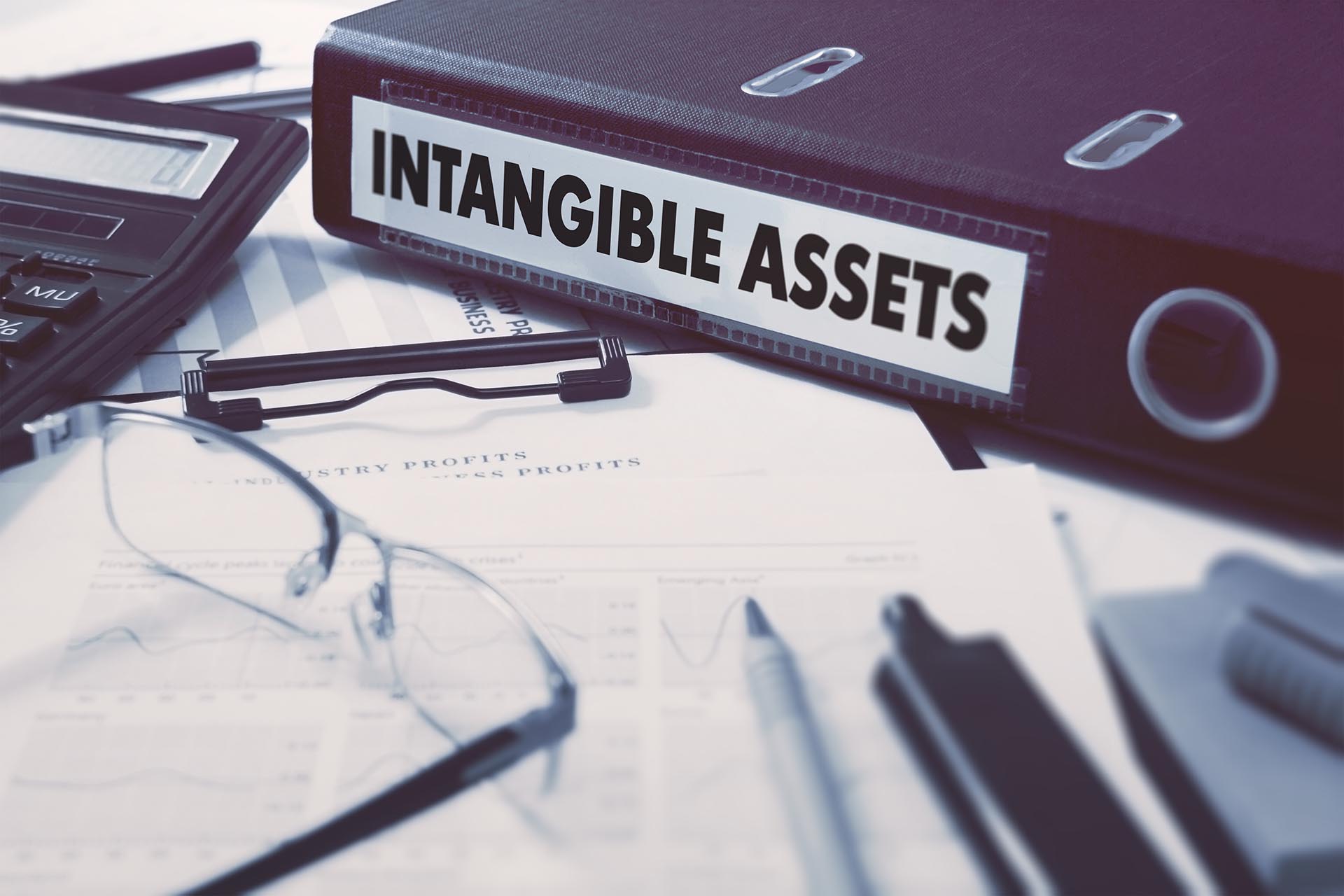
Estate planning is a critical process that involves the distribution of an individual’s assets after their passing. While tangible assets like real estate and personal property often come to mind, intangible assets are equally important and sometimes more valuable. These assets, however, are not physical items you can touch or see, but they hold significant value and can impact the financial stability of the beneficiaries.
Intangible assets are non-physical assets that have monetary value. They are often overlooked because they do not have a physical presence, but they can be some of the most valuable parts of an estate. Examples of intangible assets include:
The management of intangible assets in estate planning is multifaceted and requires strategic planning. Here are some steps to ensure these assets are properly handled:
Intangible assets are a vital component of your estate and require careful planning to ensure they are distributed according to your wishes. Proper management of these assets can preserve their value and provide financial benefits to your heirs.
The Law Offices of Andrew Fesler has the expertise to guide you through the complexities of estate planning, ensuring that both your tangible and intangible assets are fully accounted for.
© Law Office of Andrew Fesler | All Rights Reserved.